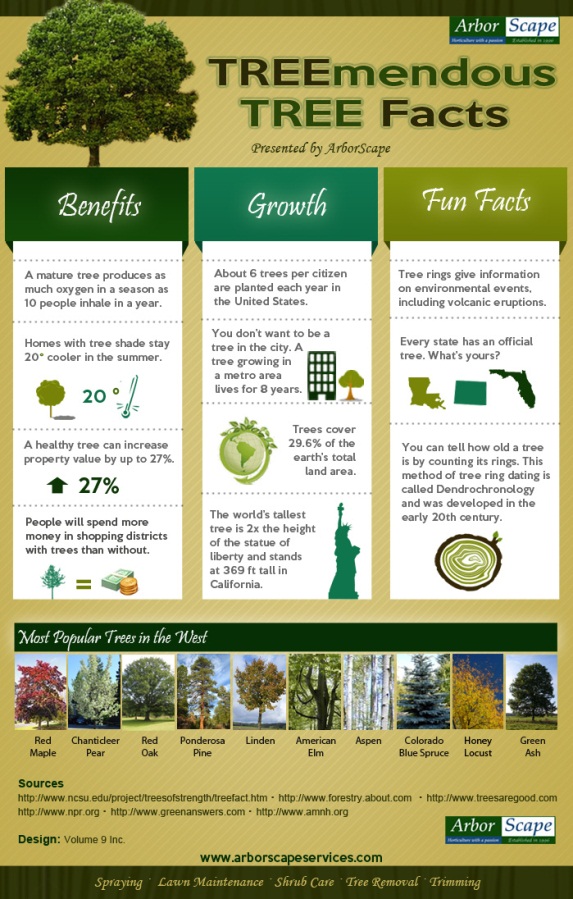Seasonal Tree Treatment: When And Just How To Trim For Best Outcomes
Seasonal Tree Treatment: When And Just How To Trim For Best Outcomes
Blog Article
Material Develop By-Warren Olesen
When it pertains to seasonal tree trimming, timing and strategy are crucial for your trees' health and wellness and development. You may be surprised at just how much a basic cut can encourage new life. Knowing when to trim inactive trees versus blooming ones can make all the difference. Yet it's not practically when; it's additionally regarding exactly how you do it. Let's check out the very best methods to ensure your trees prosper.
Comprehending the very best Seasons for Tree Trimming
When's the most effective time to trim your trees? The solution hinges on comprehending the seasons. Late wintertime to early springtime is typically ideal, as trees are still inactive. This timing reduces stress and promotes healthier development when they stir up.
Nevertheless, if you're dealing with blooming trees, think about trimming right after their flowers discolor. This guarantees you will not remove following year's flowers.
In summer season, light trimming can help preserve shape and get rid of any type of dead or diseased branches. Prevent heavy trimming during loss, as trees are preparing for dormancy and may have a hard time to heal.
Ultimately, recognizing your tree varieties and neighborhood environment will certainly lead your cutting routine. Select wisely, and your trees will certainly thrive wonderfully year-round.
Important Trimming Methods for Healthy And Balanced Trees
Trimming your trees effectively is essential for their health and durability. Begin by using tidy, sharp devices to make accurate cuts, which assists prevent damages and disease.
Concentrate on getting rid of dead, harmed, or going across branches first; this urges much better air movement and sunlight infiltration. When reducing, aim for an angle that promotes recovery and reduces the risk of rot. Always prune just outside the branch collar, the swollen location where the branch meets the trunk, to improve recuperation.
For young trees, shape them by precisely pruning to create a solid structure. Ultimately, prevent over-pruning; eliminating excessive foliage can emphasize your tree.
Common Mistakes to Prevent When Pruning
Several home owners make essential mistakes while trimming their trees, which can bring about long-term damage.
One typical error is over-pruning, where you eliminate too many branches simultaneously. This can stress the tree and hinder its development.
An additional error is making use of plain devices; sharp, clean devices make cleaner cuts that recover quicker.
Don't fail to remember to prune at the incorrect season; winter is typically best for many varieties, while summer season is perfect for others.
Additionally, stay clear of reducing branches too near the trunk or leaving stubs, as both can welcome pests and conditions.
Lastly, stopping working to go back and examine the tree's overall shape can result in unequal growth.
Keep these blunders in mind for much healthier, flourishing trees!
Conclusion
Finally, seasonal tree cutting is important for your trees' health and growth. By pruning at the right times-- late winter for dormant trees and right after blossoms for flowering varieties-- you'll encourage vivid foliage and blossoms. Keep in visit the following web page to utilize tidy, sharp tools and follow correct methods to stay clear of damages. Prevent heavy pruning in the loss and stay free from typical blunders. With these pointers in mind, you'll keep your trees flourishing all year round!
